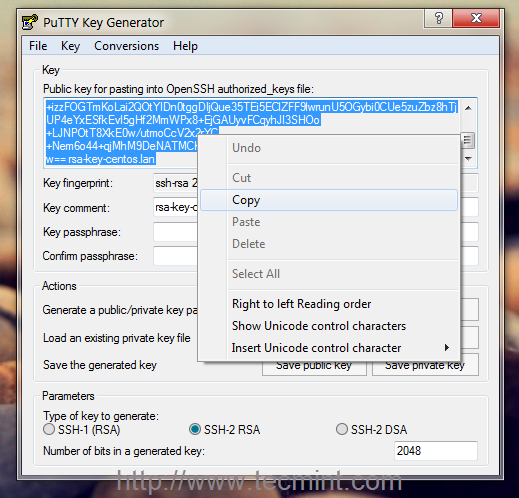Ssl Key Generate With Password
- Ssl Key Generator With Password Download
- Ssl Key Generate With Password Generator
- Key Generator Download
- Ssl Key Generator With Password Generator
HTTPS requires an SSL Certificate. When you generate an SSL Certificate,you are creating a keystore file and a keystore password for use when the browser interface connectsto the Master Server.
You can choose whether to have a Certifying Authority sign the certificateor you can use a self-signed certificate. A certificate signed by a CertifyingAuthority is trusted by browsers, therefore the browser does not issue a warningwhen a user connects to the browser interface on the Master Server. Generally, CertifyingAuthorities charge a fee to sign a certificate. A self-signed certificateis available for use immediately after you generate the certificate becauseyou do not have to wait for the Certifying Authority to sign it. However,a self-signed certificate is not trusted by the browser, so the browser issuesa warning each time a user connects to the Master Server.
How to Generate SSL Certificates
To enable the browser interface to use SSL, you must first generate an SSL Certificate.You create a keystore file and a keystore password while you generate an SSLCertificate.
Before You Begin
Ssl Key Generator With Password Download
To create a keystore file and a keystore password you will use keytool. keytool is a security tool availablewith the JRE. If you do not have keytool installed, youmust install keytool before you can configure the provisioningsystem to use HTTPS. The N1 Service Provisioning System installs the JRE. If you are configuringHTTPS after you have installed the provisioning system, keytool isinstalled on the system.
Ssl Key Generate With Password Generator
Steps

Key Generator Download
Change to the directory in which you installed the JRE.
JAVA-HOME is the directory where you installedthe JRE. If you installed the JRE with the N1 Service Provisioning System 5.1, the JRE is installedin the N1SPS5.1-home/common/jre/bin directory.
Generate the certificate.
Set /keystore-location to the location andfilename of the keystore file where you want to store the generated key.
Set password to whatever passwordthat you want to use as the keystore password.
Follow the prompts to complete.
Do not include anypunctuation in the name of your organization, otherwise the Java Certificatetool fails when attempting to generate the request. The Common Name (CN)must be set to the fully qualified host name, including the domain name, componentof the URI.
- Unless the SSL connector on Tomcat is configured in APR style, the private key is usually stored in a password-protected Java keystore file (.jks or.keystore), which was created prior to the CSR. To extract the key in PEM format, the keystore should be converted into.pfx/.p12 (PKCS#12) file firstly.
- PuTTYgen is an key generator tool for creating SSH keys for PuTTY. It is analogous to the ssh-keygen tool used in some other SSH implementations. The basic function is to create public and private key pairs. PuTTY stores keys in its own format in.ppk files. However, the tool can also convert keys to and from other formats.
I have this command: openssl genrsa -des3 -out host.key 1024 It asks me for a password, and I want to automate it! How I can make it read the password from a text file (host.pass) so it will not.
How to Obtain a Signature for an SSL Certificate
If you want to use a Certificate signed by a Certifying Authority, followthis procedure to submit the Certificate to the Certifying Authority to besigned.
Steps
Ssl Key Generator With Password Generator
Generate the Certificate Request.
/keystore-location is the location and filenamewhere you stored the generated key.
Send the Certificate Request to the Certifying Authority.
Follow the instructions provided by the Certifying Authority. The CertifyingAuthority returns a Certificate Reply. Generate random minio access key and secret key review.
Save the Certificate Reply to a file.
Verify the Certificate Reply.
certificate-reply-file is the filename ofthe Certificate Reply that you received from the Certifying Authority.
Import the Certificate Reply file to the keystore file.
/keystore-location is the location and filenamewhere you stored the generated key. certificate-reply-file isthe filename of the Certificate Reply that you received from the CertifyingAuthority.
Verify the imported Certificate Reply.
/keystore-location is the location and filenamewhere you stored the generated key.